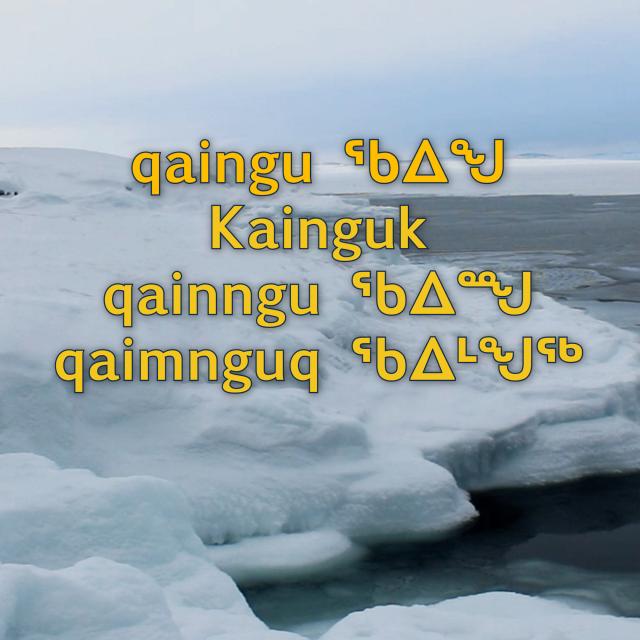SIKU 2023 Goose Watch Community Winner Video #1
canal: SIKU
Congratulations to our recent SIKU GooseWatch community winners, Paulusi Alayco, Dylan Basto, Cornilusie Niviaxie, Brian Kasudluak, Danny Angnatuk, Jobie Fleming, Billy Palliser, Allan Rumbolt, David Saunders, Ryan Solomon Jaaji Akpahatak, Daryll Baker and Daniel Jaaka for posting the first @sikuapp Goose Posts in Akulivik, Hopedale, Umiujaq, Inukjuaq, Kuujjuaq, Kuujjuaraapik, Puvirnituq,… Leer más
















